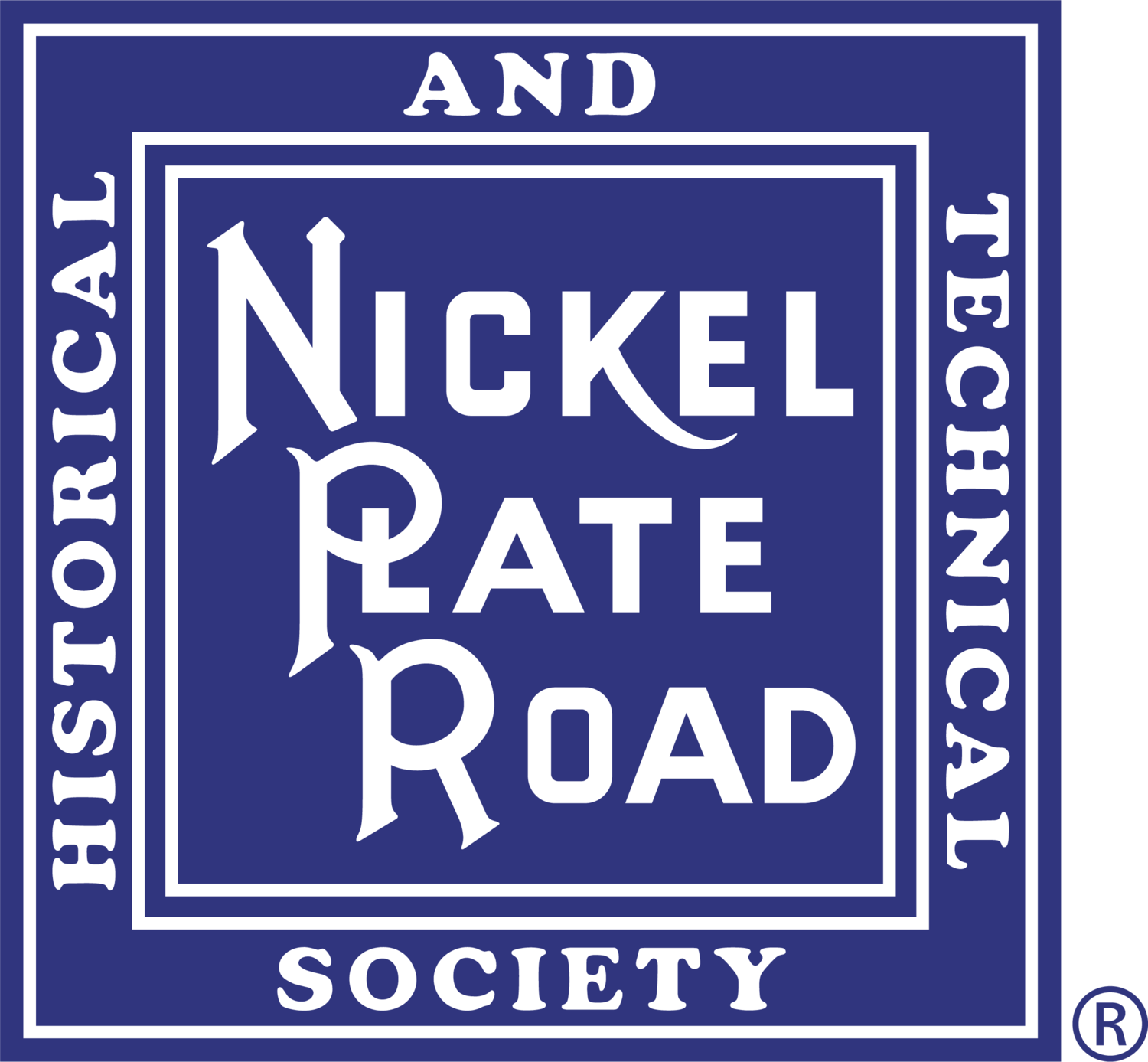The N&W Merger
Since the early days of railroading, mergers and consolidations have played an important role in the development of our nation's rail system. The influence of larger and more powerful carriers always has been a major factor in the growth and stability of the smaller railroads. The greater Nickel Plate Road was a result of the consolidation of the Lake Erie & Western and the Clover Leaf with the original Nickel Plate in 1922. Each of these roads was, of course, a result of earlier consolidations and mergers.
In the late fifties, the greater Nickel Plate found itself in a precarious competitive position. The powerful eastern rail giants were lining up in their respective merger positions. To the Nickel Plate, the potential merger of the New York Central and the Pennsylvania forecasted competitive and financial disaster. The Nickel Plate would have to find a powerful ally to assure itself of a strong position in the merger conscious East.
The Norfolk & Western Railway, looking for a way to extend its coal carrying to the midwest, became that ally. The merger of the Nickel Plate and the Norfolk & Western could be a benefit to both railroads and develop a strong midwest to tidewater rail system carrying a broad base of commodities.
The prospect of a Nickel Plate-Norfolk & Western alliance put the Wabash Railroad in the same position as the Nickel Plate had been; that of a competitive orphan. The N&W, an expert in the operation of parallel lines since its acquisition of the Virginian Railway in 1959, made no objections to adding the Wabash.
With the ultimate acquisition of the Pennsy's Sandusky Line as the connection between the Nickel Plate and the Norfolk & Western, the Akron, Canton & Youngstown and the Pittsburgh & West Virginia railroads were forced to ask for inclusion in the new system. After more than four years of hearings and planning, the merger became a reality on October 16, 1964.

